I don't come from an arty background. My parents never dragged me around galleries when I was younger. My initiation into the art world came when I met the woman who would become my wife. We chatted at her degree show where she had a piece called I Know How to Say 'No' in Five Languages. I found her (and her art) incredibly alluring. Fortunately, she said ‘Yes’ (in English) to my offer of a date.
Since then, I’ve done my best to make sense of contemporary art. I read the gallery handouts. I don’t dismiss things just because they are weird. I spend time gazing at the work waiting for a revelation. Occasionally (very occasionally), it comes. But what I mainly love about the art world is the sense that anything is possible. It is “where you could find the most unusual and preposterous ideas.”1
Last year, I read Sarah Lowndes’ Social Sculpture, her account of Glasgow’s post-industrial cultural regeneration (Hans Ulrich Obrist memorably called this “The Glasgow Miracle”). Lowndes’ book helped me to understand who did what and when and how reputations were established. As an outsider (to both art and Glasgow), this stuff can feel opaque, so it was nice to clarify the connections.
I’ve started to wonder, however, if Obrist wouldn’t better have described it as The Glasgow Faustian Pact. “Here,” says Mephistopheles, “Have a few years of cultural prominence, then spend eternity in a hell of bad art.”
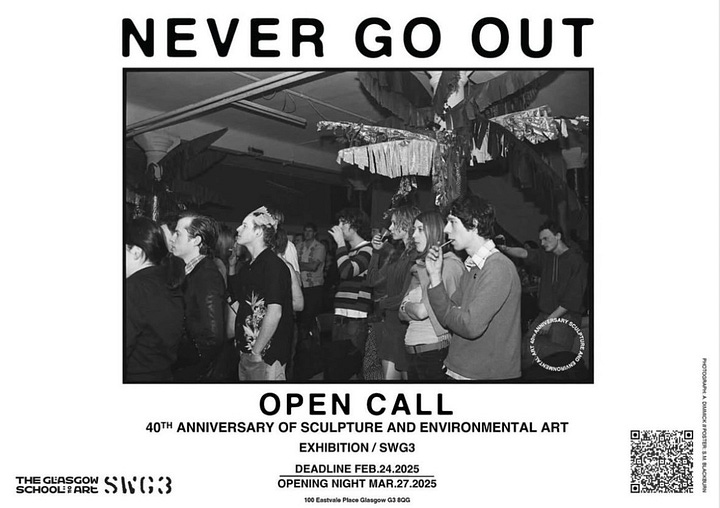
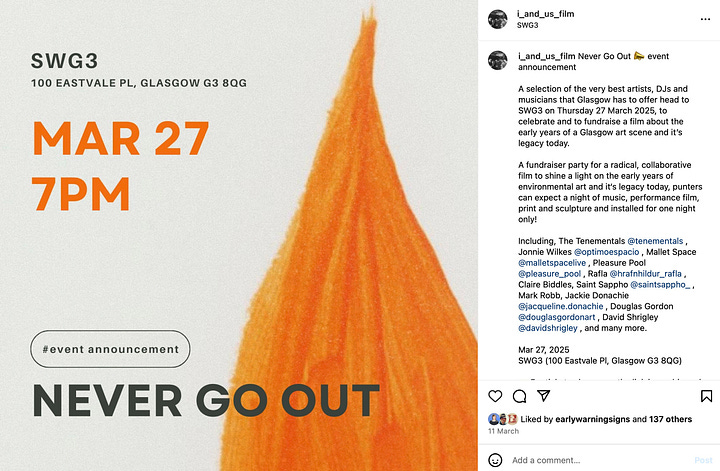
It’s now 40 years since the famous Sculpture and Environmental Art course was established at the Glasgow School of Art. The course’s founder, David Harding, has been ill, and others who taught it are getting older. If someone doesn’t make the film now, their stories will be lost. Thus, Marissa Keating is making I and Us.
To raise money, the producers put on a night of music and art at SWG3. Tickets were pretty expensive at £28.25 (including booking fee), but thankfully Beck Slack had a guestlist place for someone who was willing to document his set. Slack was on at 7pm and therefore I had an entire evening carrying my camera around. This is what I saw.
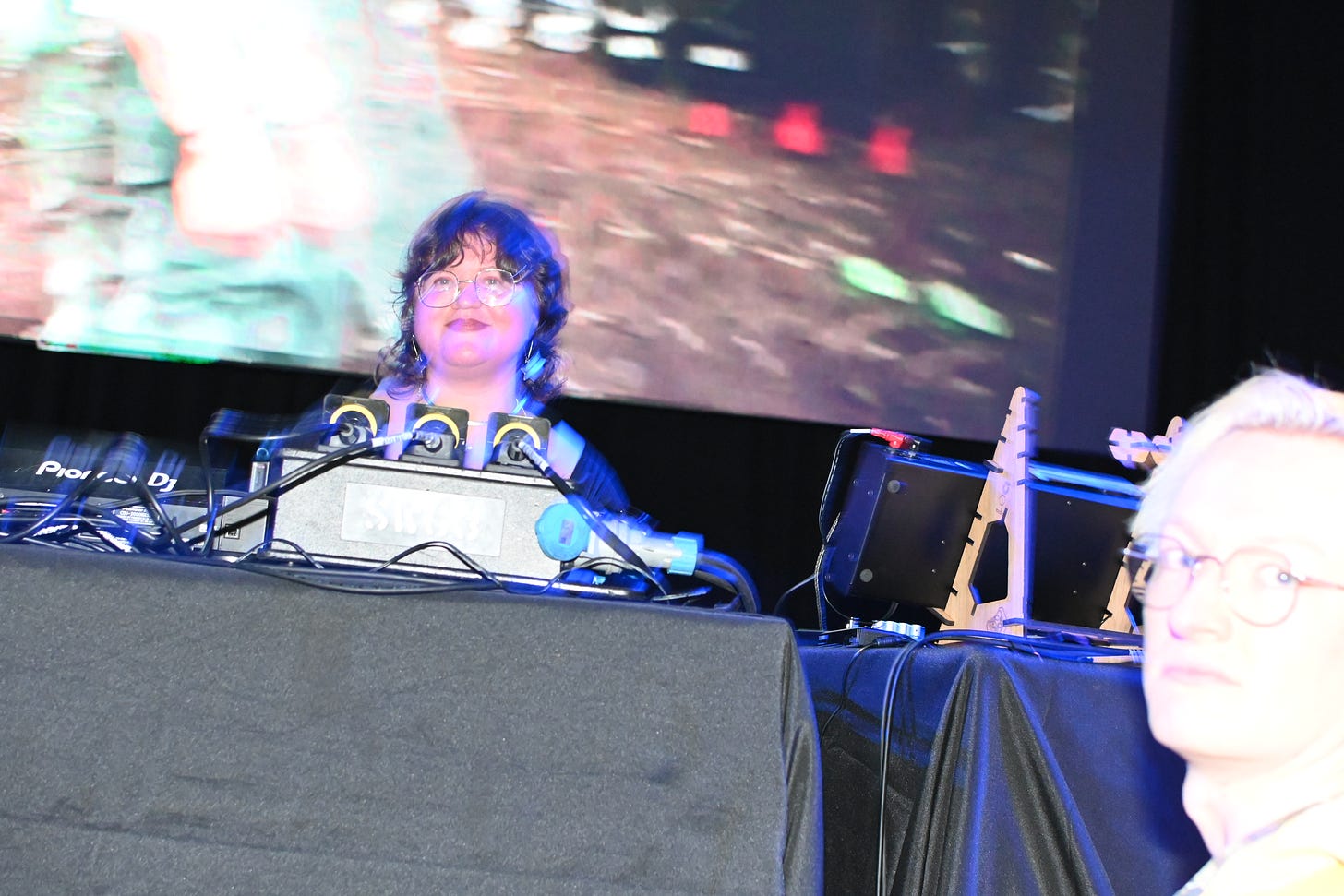

More art photography!
In order to avoid inbox overload, I have been sending out fewer newsletters. But if you enjoyed this one, check out these other recent photo posts:
Josh Wirz in the White Cart
Josh Wirz and Axel Berger create live art about technology and the contradictions of capitalism. Sometimes this leads them to do durational performances.
Here is a larger quote from Dean Kissick’s The Painted Protest:
The art of the 1990s, 2000s, and early 2010s was pluralist in its intentions, forms, and subjects. Contemporary art took in such miscellaneous concerns as literature and poetry, avant-garde dance, theater, cinema, broadcast television, psychoanalysis, philosophy, history, politics, noise music, pornography, pole dancing, online abjection, ritual sacrifice, crucifixion, cannibalism, Thai cookouts, Zinedine Zidane playing a soccer match in Madrid, long-distance sailing, astronomy, industrial design, being a dog, biting people—everything. It could all be remade as art. The “contemporary” was eternally elusive, moving ever further away with artists in pursuit, an endless research project.
In those days, it was possible to feel part of a vanguard and—because there was a mania in the art world and a level of self-belief that moneyed people felt obliged to encourage—receive the support and resources to attempt the grandest projects. Contemporary art was fundamentally optimistic; there was a conviction that making art was a good in itself, that pushing its boundaries was a worthwhile endeavor, and that great leaps forward in culture were still possible. Theorists, philosophers, poets, and writers were lured in from other fields. The art world was where you would find the broadest remit to do whatever you wanted. It was where you could find the most unusual and preposterous ideas—and open bars, sex, and glamour too. This was the art world that I was drawn to.





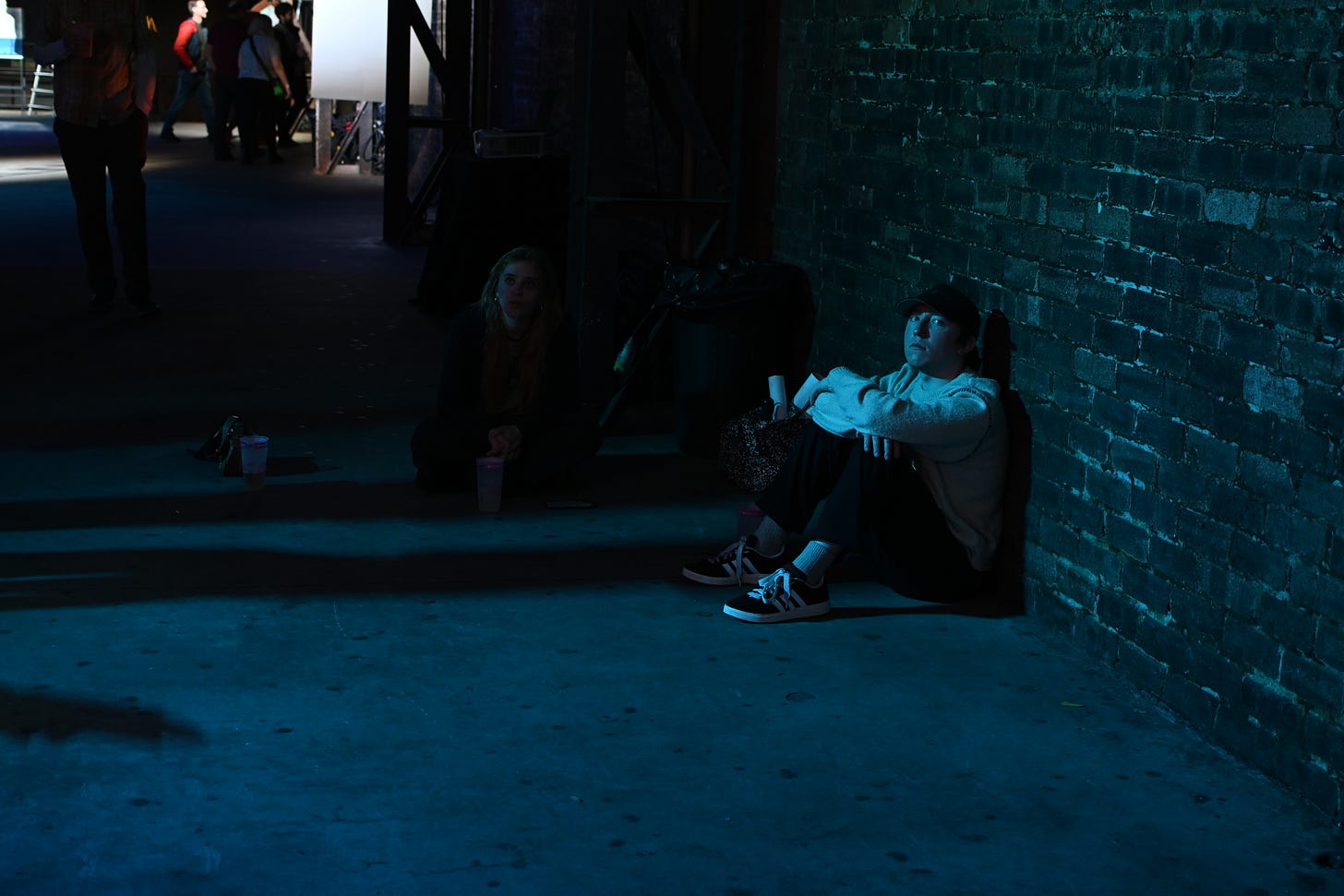






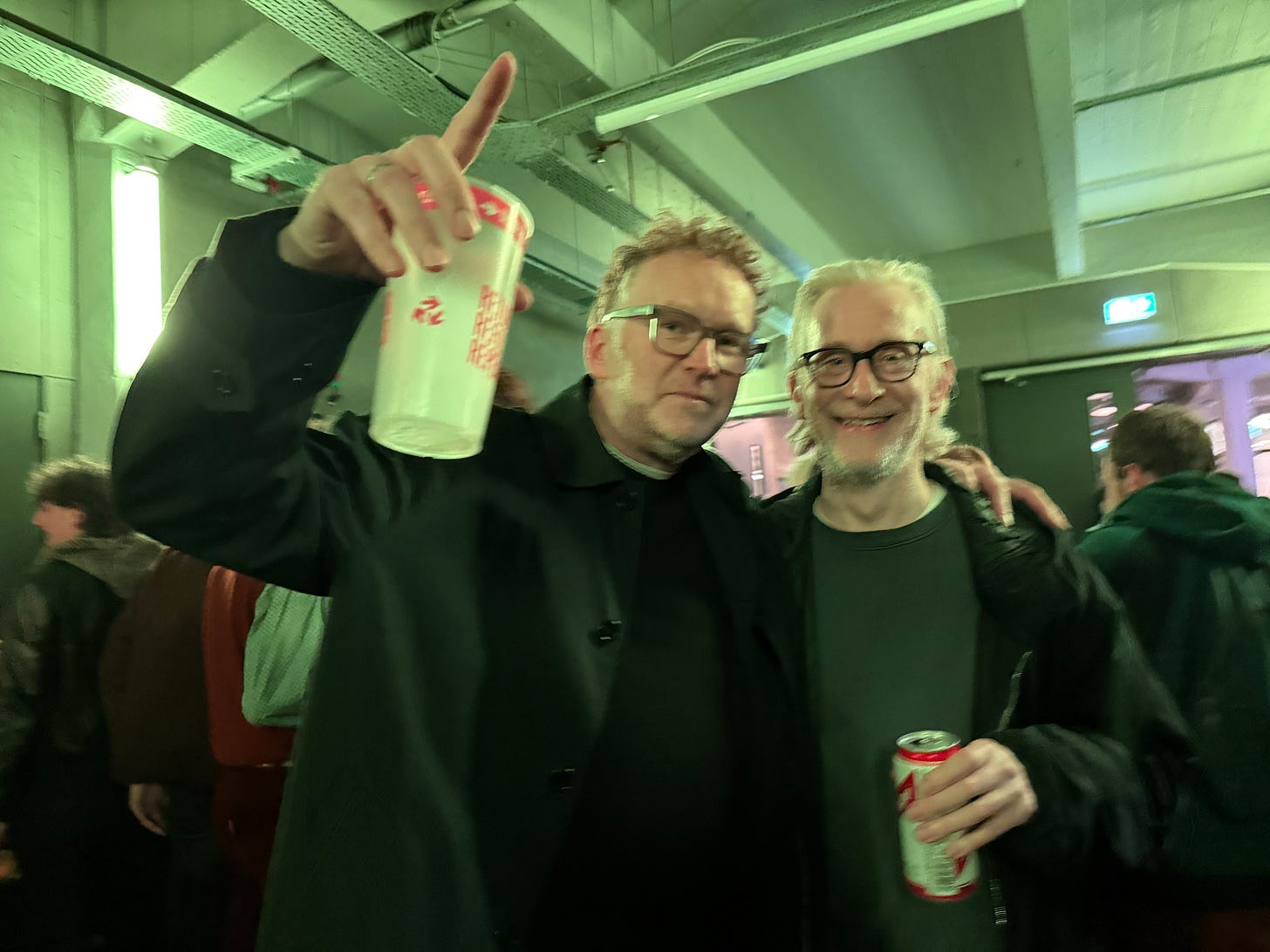

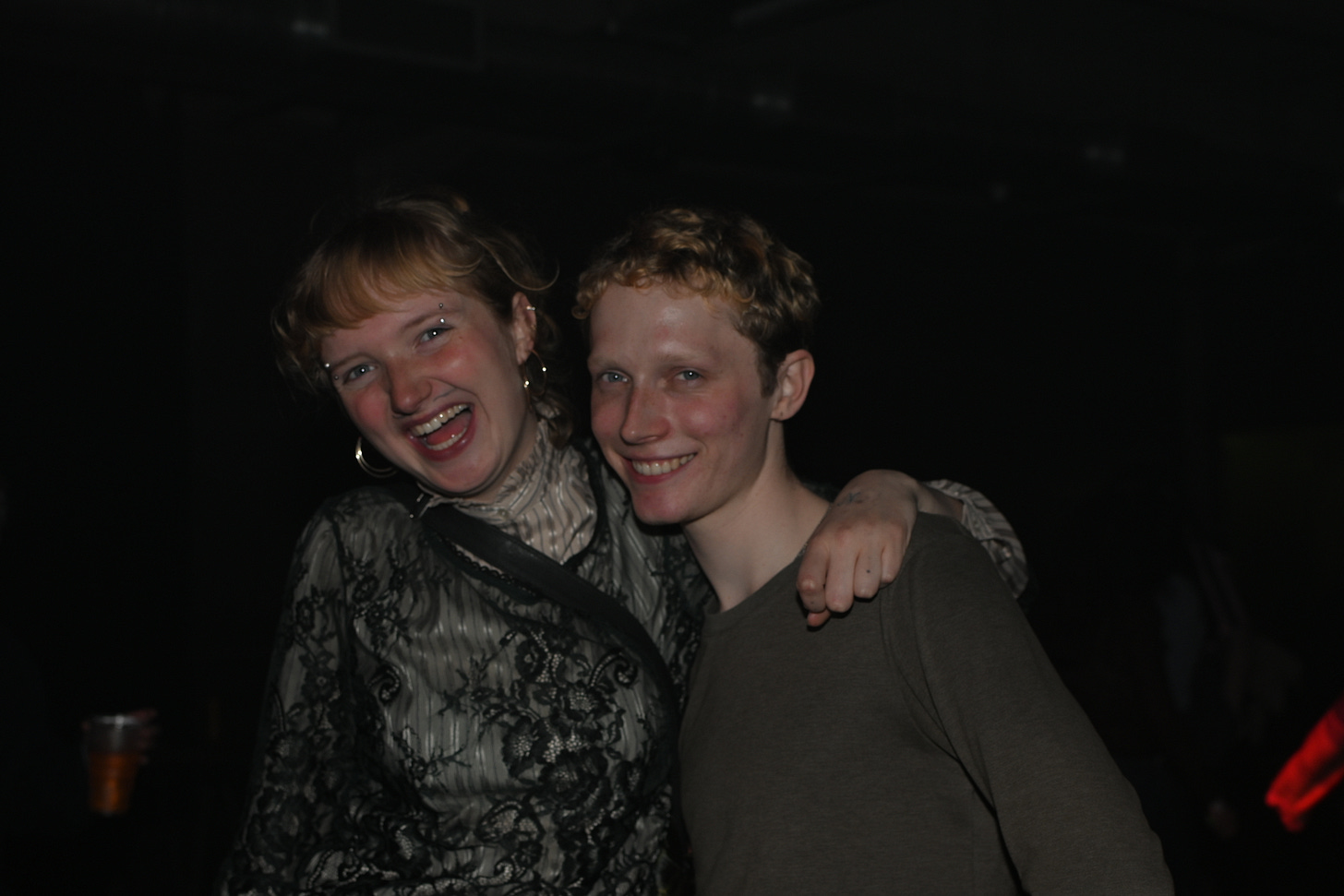
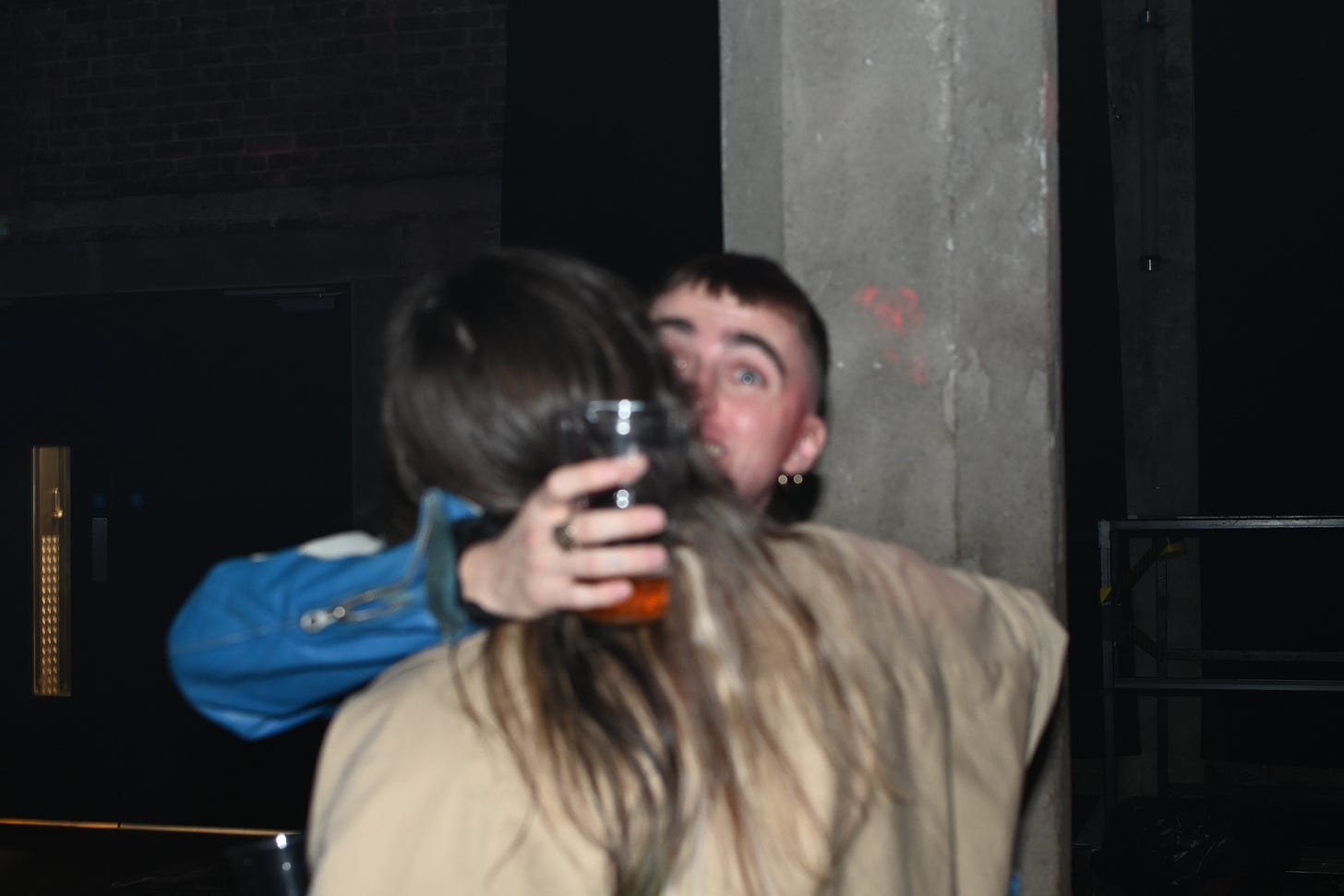

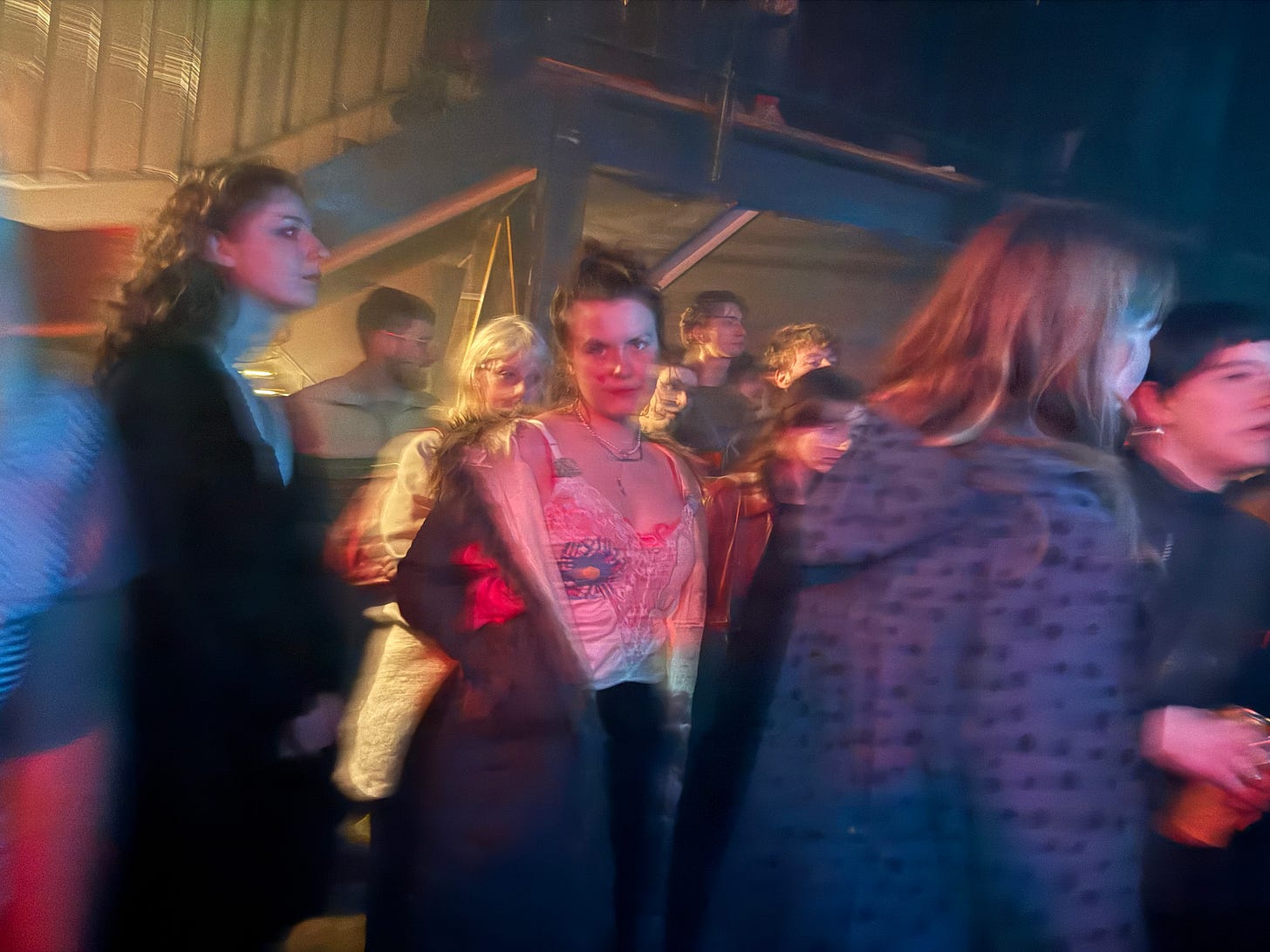



glad you posted this, there are some connections between Tasmania and this Glasgow scene, peeps talked about going and did go there, I think there was even a rejector who ended up in Edinburgh, (though of no great notice in Glasgow I suspect)
Interesting photos and good to read the commentary. Spaces and places, stages to pages, and through the lens of digital media, thank you.